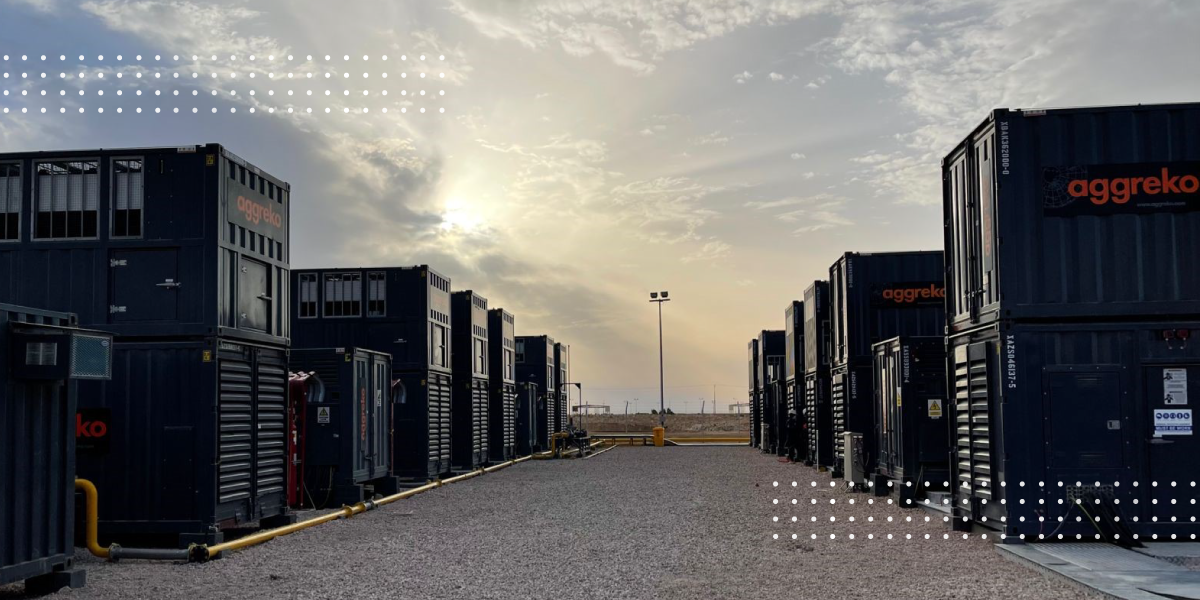
As part of APA’s efforts to reduce emissions across our global operations, technical teams have identified projects and opportunities for investment, facility upgrades and efficiency improvements. The company has also set ambitious goals to encourage these efforts, many of which are directly tied to employee compensation. For example, in 2022, an ESG goal was established to reduce routine flaring in upstream operations in Egypt. In addition, the company has set a three-year goal to eliminate 1 million tonnes of CO2 from its operations. The Kalabsha flaring-to-generation project is an example of one of the many projects underway to help reduce emissions and improve operations.
Producing and exploring for oil and gas is a labor and capital-intensive feat, requiring both manpower and electrical power to get the job done. Over the next two years, drilling activity in Egypt’s Western Desert is expected to grow significantly, resulting in an estimated 25% increase in power demand across Egyptian operations. At Kalabsha, a production area operated by Apache’s joint-venture company Khalda Petroleum Company (KPC), there is a focus on increasing production while also reducing emissions.
Reliable power supply and network capacity to transport gas from the wellhead to sales has been increasingly difficult to ensure. Previously, when gas capacity was reached, the solution was to shut in production or send excess gas to flare. Electrical power was primarily supplied by diesel generators. This year, APA set a goal to reduce upstream routine flaring in Egypt by 40%. To help meet the goal while increasing production, the team in Egypt offered an innovative idea.
“The solution was relatively simple to identify,” said Ian, a facilities engineer based in Egypt. “Use the excess gas we flare to fuel power generators that feed electricity through a central grid connected to our production facilities. Our diesel consumption is reduced, which supports our ongoing ESG efforts. We eliminate purchase costs for diesel to run old generators, and diesel transport trucks are removed from the road, lowering the risk of vehicle-related incidents.”
To provide a reliable alternative and prepare for future production growth, the team selected a remote field named Ptah that boasts numerous active wells to put this solution to work. Brought online in April this year, the new power generation system comprises 18 rental generators powered by KPC gas that supplies up to 10 megawatts of continuous electrical power through 30 kilometers of overhead power transmission lines. The system is centrally monitored and controlled, connecting to 26 wells that draw eight megawatts of power. The remaining megawatts supply the field’s accommodation and living quarters, as well as part of the field’s water disposal system.
“Using gas fired power generation equipment isn’t a new concept in this field,” Ian said. “We typically own, install and maintain our power generation equipment and transmission lines at KPC. However, in this area, the existing generation network was at capacity. With Ptah, we lease the generators, and the supplier is responsible for their operation, maintenance and upkeep.”
Since the Ptah flare-gas-powered generator installation, the team calculates the project has reduced approximately 2 million cubic feet per day of flared gas volume and will provide 20% of what is required to achieve the 2022 corporate goal of reducing Egypt upstream flaring by 40%. The team also celebrated a commendable safety record, completing the project work thus far without a lost-time incident.
“Not only has this project contributed to emissions reduction — it sets an example for challenging the status quo around our operating norms,” said Egypt midstream asset manager Chris. “This demonstrates a true sense of alignment between KPC and Apache management teams who are deeply committed to safe, clean, and sustainable operations.”